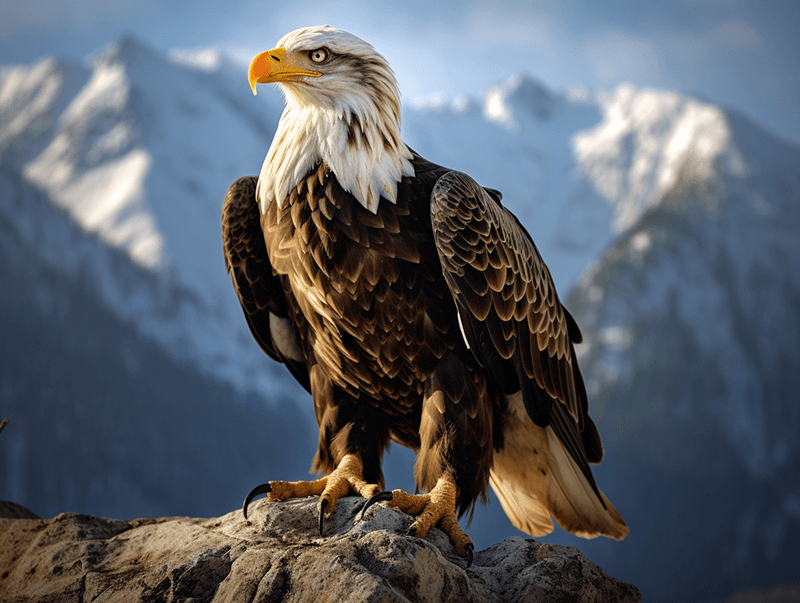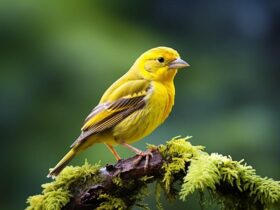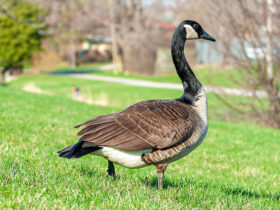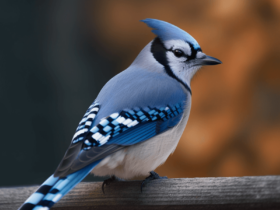Bald Eagle Overview
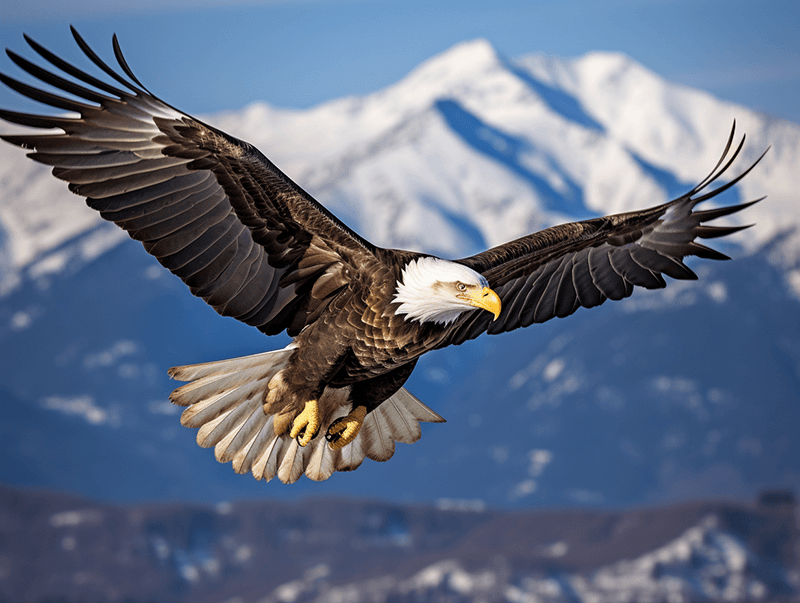
The Bald Eagle, also known as Haliaeetus leucocephalus, is a magnificent bird of prey that symbolizes strength and freedom. With its distinctive white head and tail feathers contrasting against a dark brown body, the Bald Eagle is an iconic symbol of the United States.
Temperament
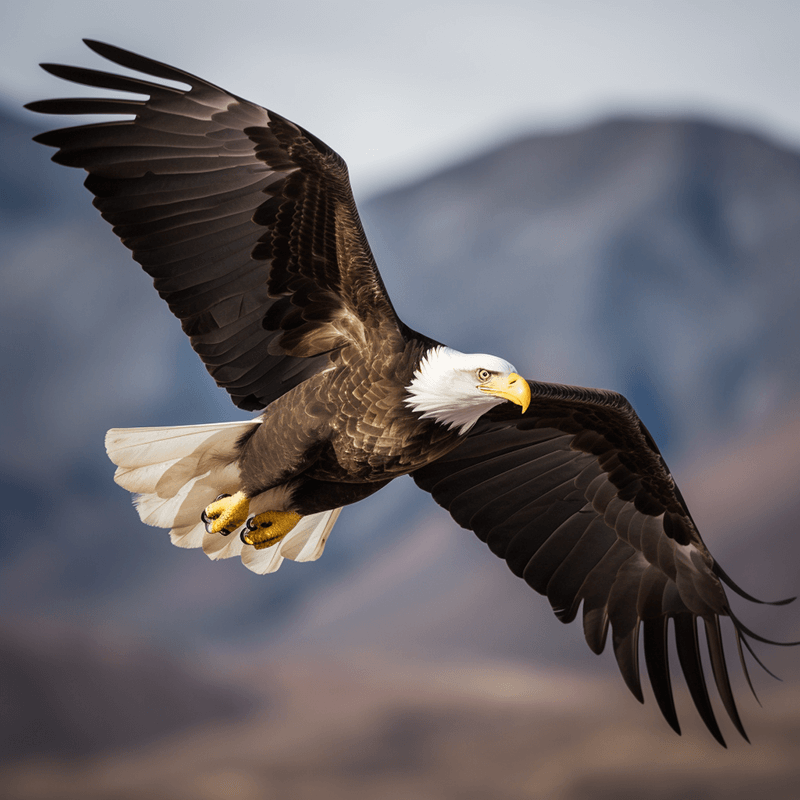
Despite its fierce appearance, the Bald Eagle is known for its calm and stoic temperament. These birds are generally solitary and prefer to spend their time perched high in trees or soaring through the sky. They are highly territorial and will fiercely defend their nesting sites.
Bald Eagle Characteristics
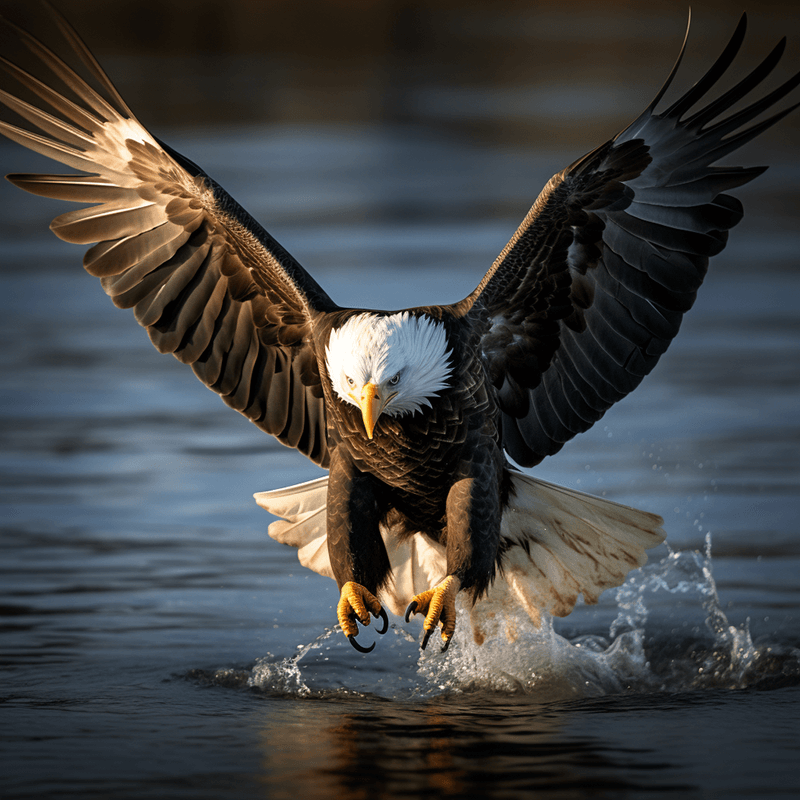
One of the most striking features of the Bald Eagle is its impressive wingspan, which can reach up to 7 feet (2.1 meters). Their sharp, hooked beaks and talons are perfectly adapted for catching and gripping prey. Bald Eagles have excellent eyesight, allowing them to spot fish swimming beneath the water’s surface from great heights.
Bald Eagle Size & Weight
Adult Bald Eagles are sizable birds, with males typically weighing between 7 to 10 pounds (3.2 to 4.5 kilograms) and females ranging from 10 to 14 pounds (4.5 to 6.4 kilograms). They can measure from 28 to 40 inches (71 to 102 centimeters) in length.
Bald Eagle Colors
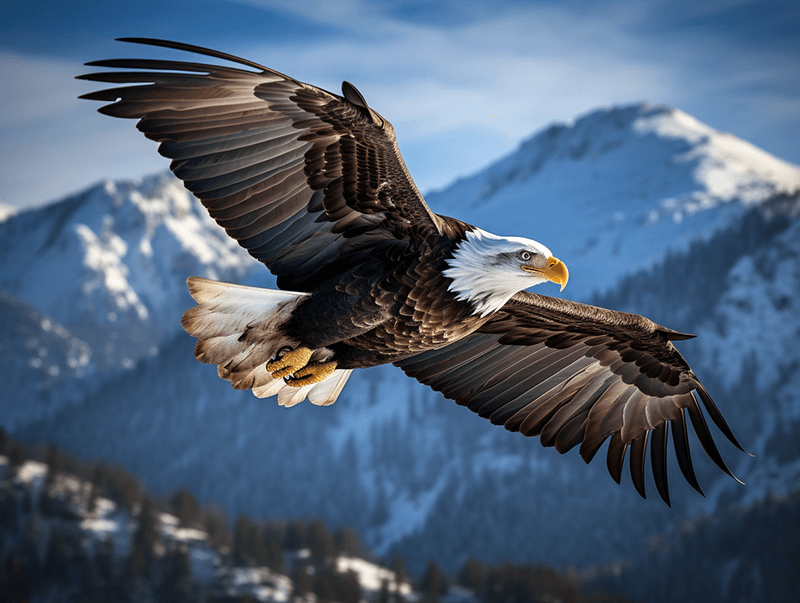
As their name suggests, Bald Eagles are not actually bald. Their name comes from the Old English word “balde,” which means white.
These majestic birds have a distinct white head and tail, while the rest of their body is dark brown. Juvenile Bald Eagles, however, have mottled brown and white feathers until they reach adulthood.
Lifespan
The average lifespan of a Bald Eagle in the wild is around 20 years, but they can live much longer in captivity. These birds reach sexual maturity at around four to five years of age. They form strong pair bonds and often mate for life, returning to the same nesting site year after year.
Ideal Owners
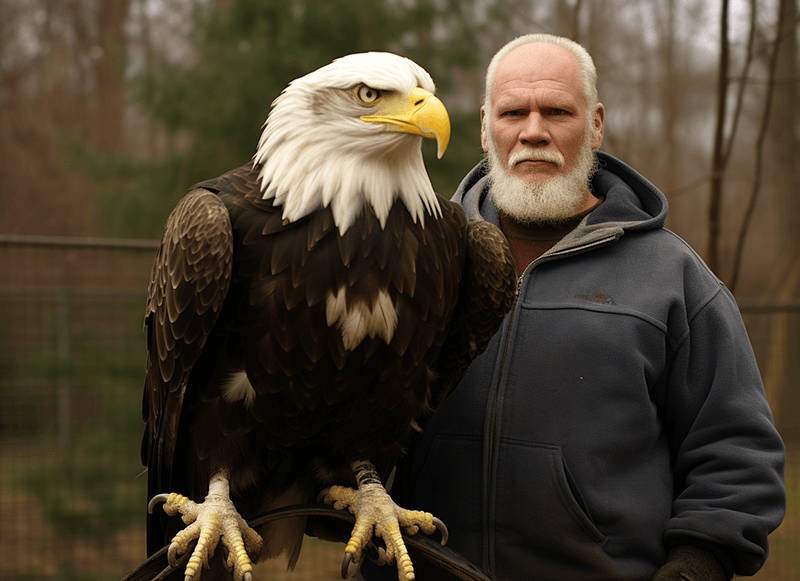
While it is not practical or legal to keep a Bald Eagle as a pet, individuals with a deep appreciation for wildlife and a commitment to conservation can support and protect these magnificent creatures. By promoting conservation efforts and preserving their natural habitats, we can ensure the continued survival of the Bald Eagle for future generations to admire.
Bald Eagle History
The Bald Eagle has a rich cultural and historical significance, particularly in the United States. It was chosen as the national emblem of the United States in 1782, representing strength, courage, and freedom. However, due to habitat destruction and hunting, the Bald Eagle population dramatically declined in the past.
Thanks to conservation efforts, including the banning of harmful pesticides and habitat preservation, their numbers have rebounded, and the Bald Eagle is no longer endangered.
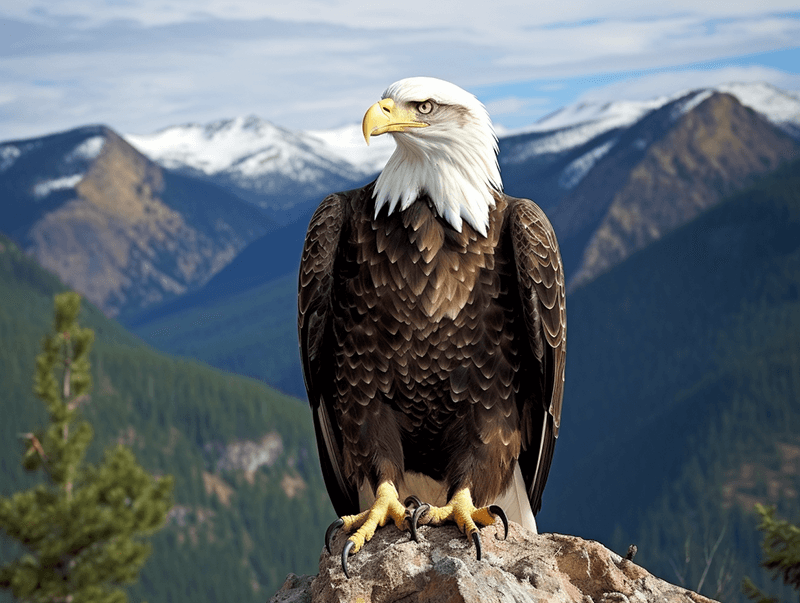
Facts
- Bald Eagles build massive nests, called eyries, high up in trees near bodies of water.
- These birds primarily feed on fish but will also scavenge and hunt small mammals and birds.
- Bald Eagles have excellent flying skills and can reach speeds of up to 40 miles per hour (64 kilometers per hour).
- They are known for their impressive courtship displays, which involve aerial acrobatics and calling to attract a mate.
The Bald Eagle is a remarkable species that captivates us with its majestic appearance and powerful symbolism. Despite its name, this bird’s regal presence and unique characteristics make it an extraordinary creature to admire and protect. Let us continue to appreciate and preserve the natural habitats that allow these magnificent birds to soar freely in the wild.
